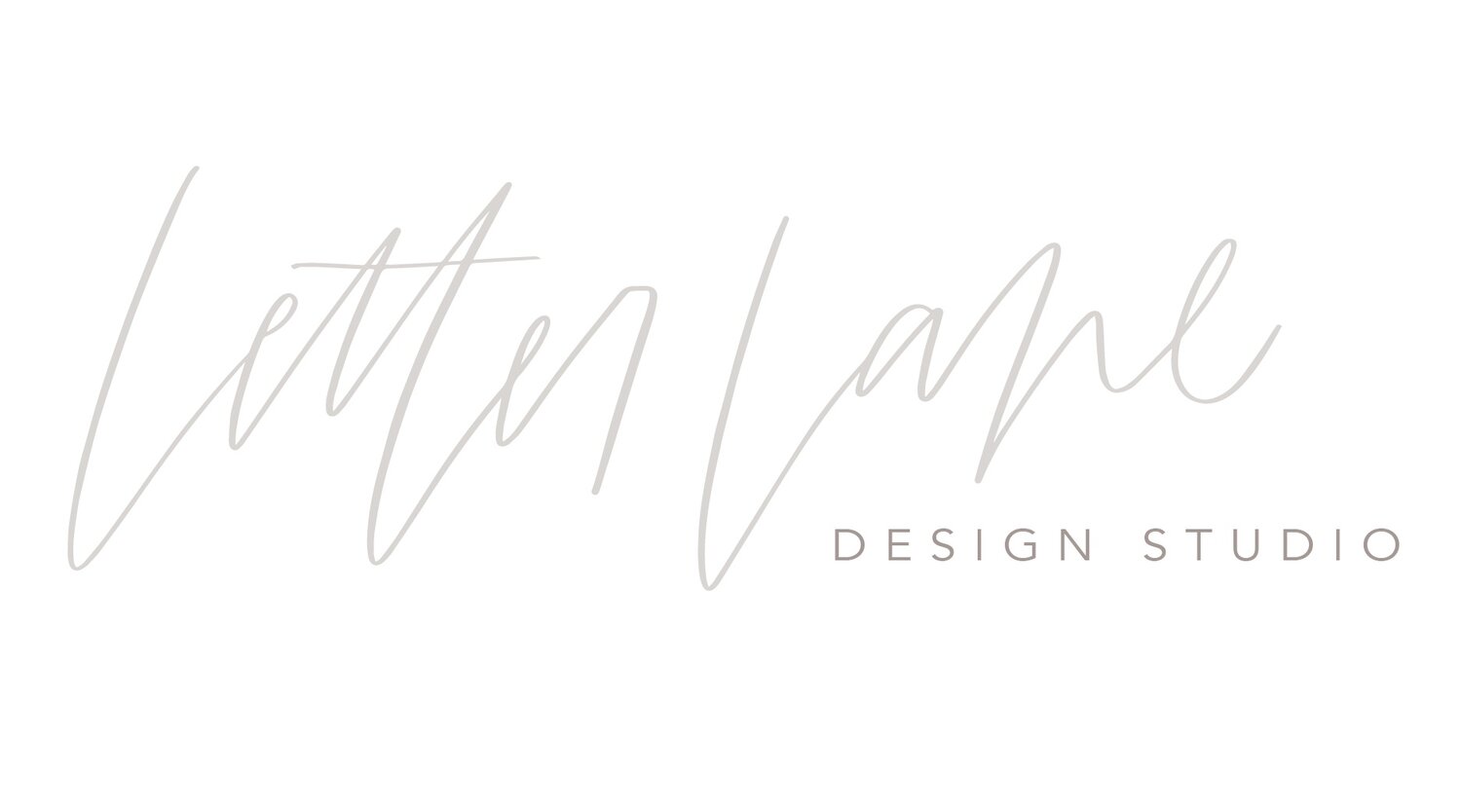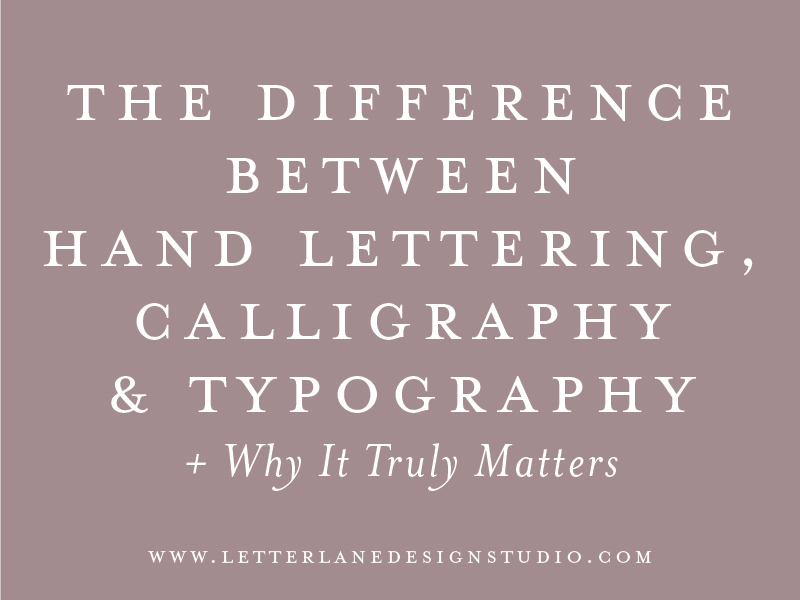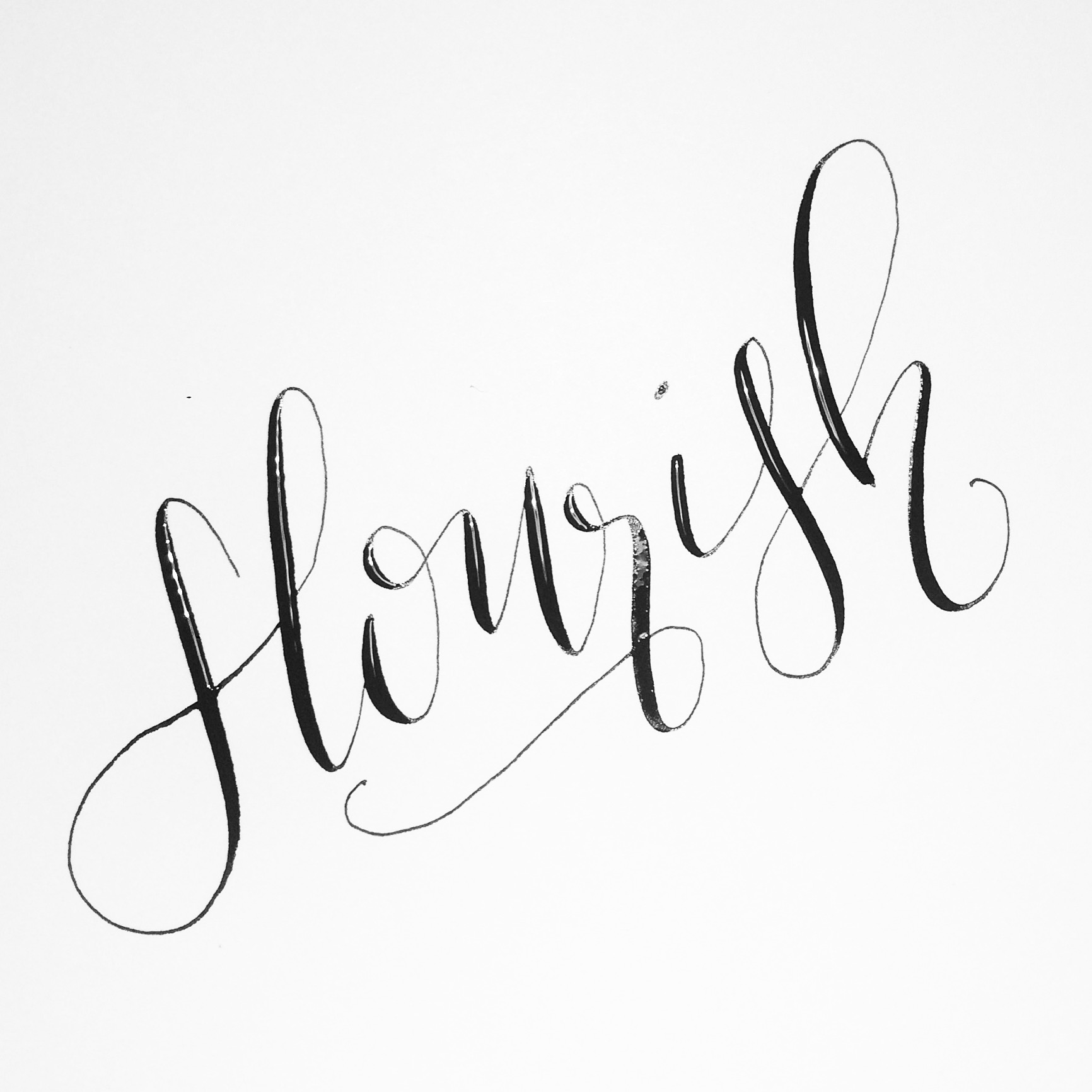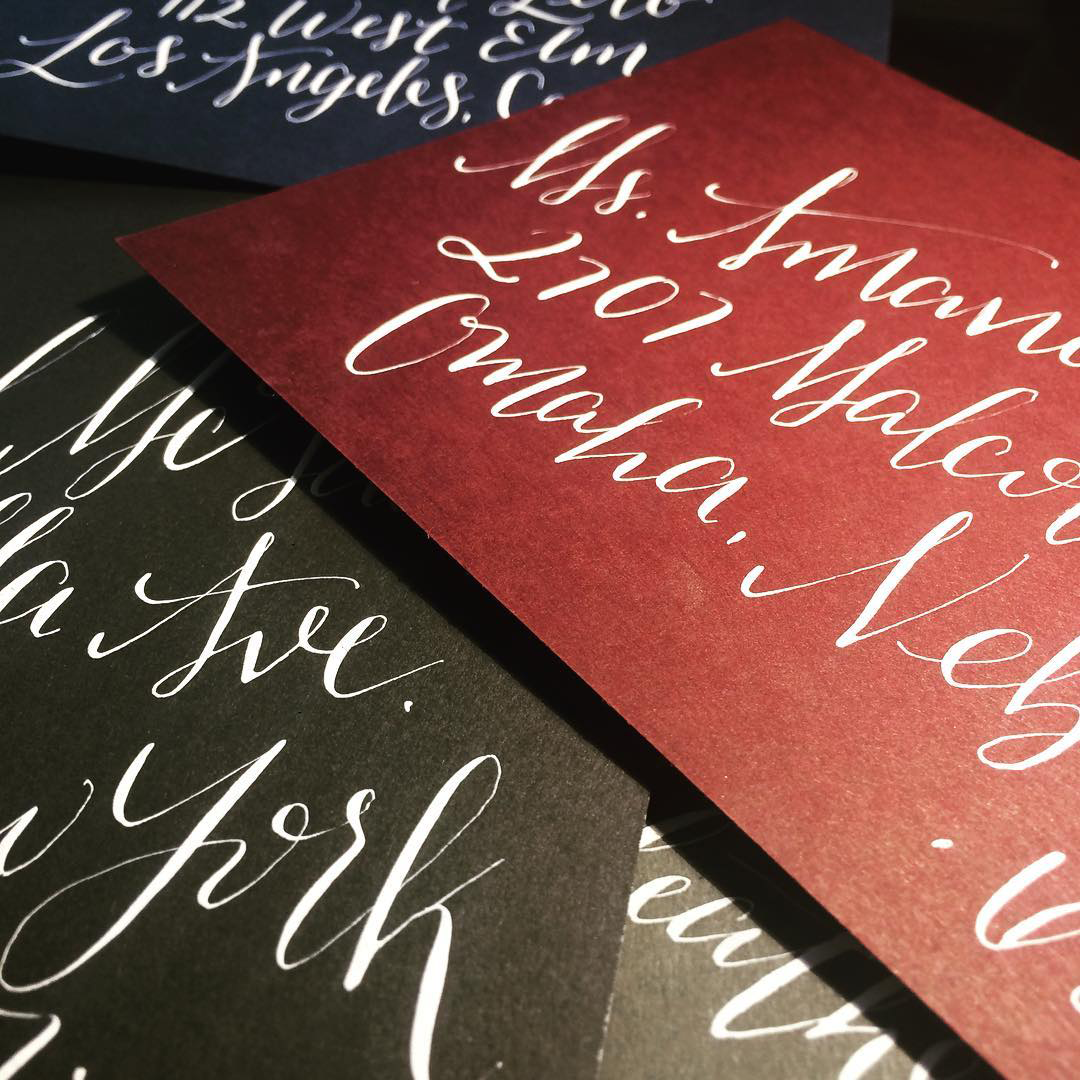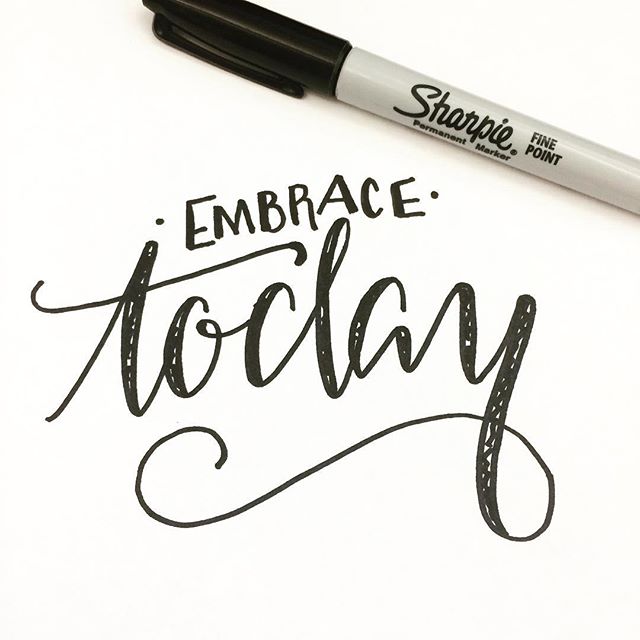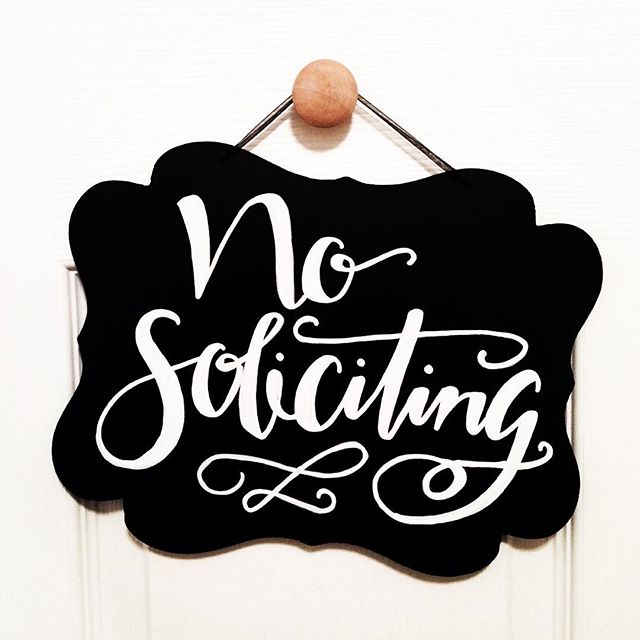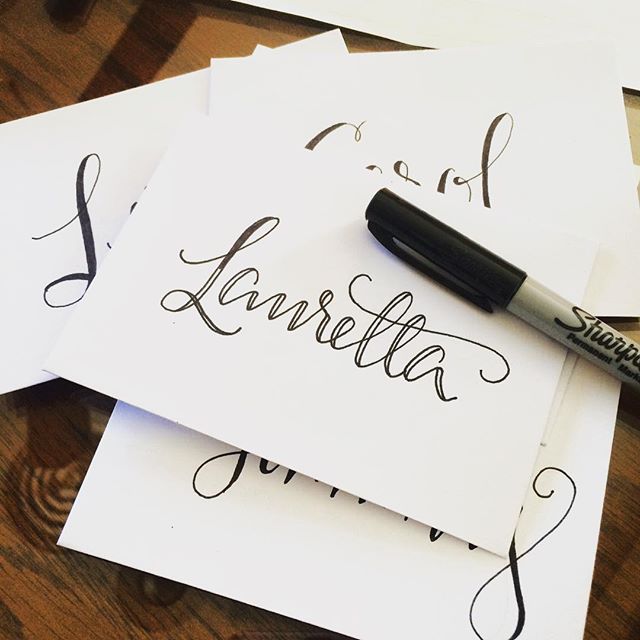Have you ever wondered what is considered hand lettering and what is considered calligraphy? Or what is classified as typography? I've often seen these terms used interchangeably, which can definitely cause some confusion for those who don't have any experience with them. While other hand lettering artists, type designers and calligraphers may have different definitions for these, I'm going to share my own definitions, and also provide some visual examples to help you remember their differences!
CALLIGRAPHY
We'll start with my favorite! Writing in calligraphy involves using a dip pen with a nib and ink to create thick and thin lines using varying degrees of pressure, all in a single stroke. Downstrokes are thick, while upstrokes are kept thin, light and airy.
Calligraphy takes a certain discipline to learn, and is something one must practice consistently to create "muscle memory" of certain strokes.
HAND LETTERING
I lovingly refer to hand lettering as "faux calligraphy," as it uses the sames principles of thick downstrokes and light upstrokes, but is written with a pen of some kind rather than a nib and ink. I often use sharpies, brush pens, and gel pens to create hand lettering.
Like calligraphy, hand lettering also requires discipline. It's a completely different form of discipline, as it is drawing letters as opposed to writing them, and are often very decorative. You also often have more control over the letters with hand lettering as opposed to calligraphy. For that reason especially, hand lettering can be a great alternative for projects that are too large for calligraphy, such as large chalkboards and other signage.
TYPOGRAPHY
Finally, typography is what you are looking at right now - the typeface on the screen. Typefaces and fonts are considered typography, and are created by type designers whose main focus is to create type that no matter what the layout, the letter formations are the exact same. Notice how every "t" in this paragraph looks the exact same as another "t"? And how seamlessly the letters and words flow together? That's typography.
Something that can often be confused about typography is this: type designers create typography, while graphic designers use that typography (otherwise known as font files that can be downloaded) in their design work by rearranging it.
2 MAIN REASONS PEOPLE CONFUSE THEM
1. UNFAMILIARITY - As I mentioned above, people who are unfamiliar with these terms are usually unable to differentiate between each one and will likely use them interchangeably.
2. DIGITIZATION - Truthfully, the computer itself contributes to most of the confusion. Hand lettering and calligraphy can be scanned into the computer, polished and digitized, often turned into a font or a typographic poster. Doing this can make the lettering or calligraphy appear to be a font when it really was created by hand.
WHY UNDERSTANDING THEIR DIFFERENCES IS IMPORTANT
For some, the differences between hand lettering, calligraphy and typography may not seem important, but if you are at all interested in learning how to use these mediums, or are going to hire someone who does, it's important to know how they differ from each other! You want to know what you are talking about when you interact with other hand lettering artists, calligraphers and type designers, especially if you are looking at getting into those fields. Using these terms interchangeably can make you look unprofessional, and can seriously discredit your reputation as an artist.
I hope this post was helpful, and that you now have a better understanding of the differences between hand lettering, calligraphy and typography. Have any additional questions? Did I forget something? How was this post helpful to you? Let me know in the comments! :)
xoxo,
Brittany
